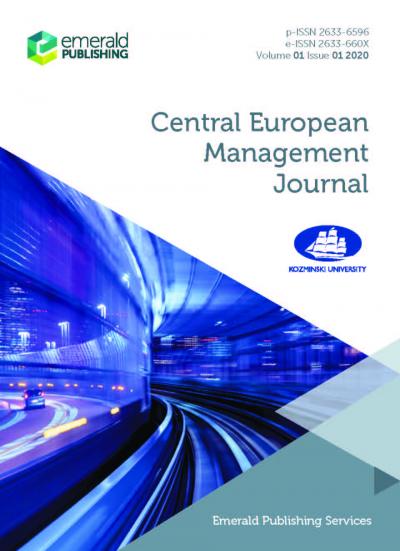Identity and Diversity: What Shaped Polish NarrativesUnder Communism and Capitalism
Witold Morawski
Kozminski University
2017 25 (4) Central European Management Journal
DOI 10.7206/jmba.ce.2450-7814.215








